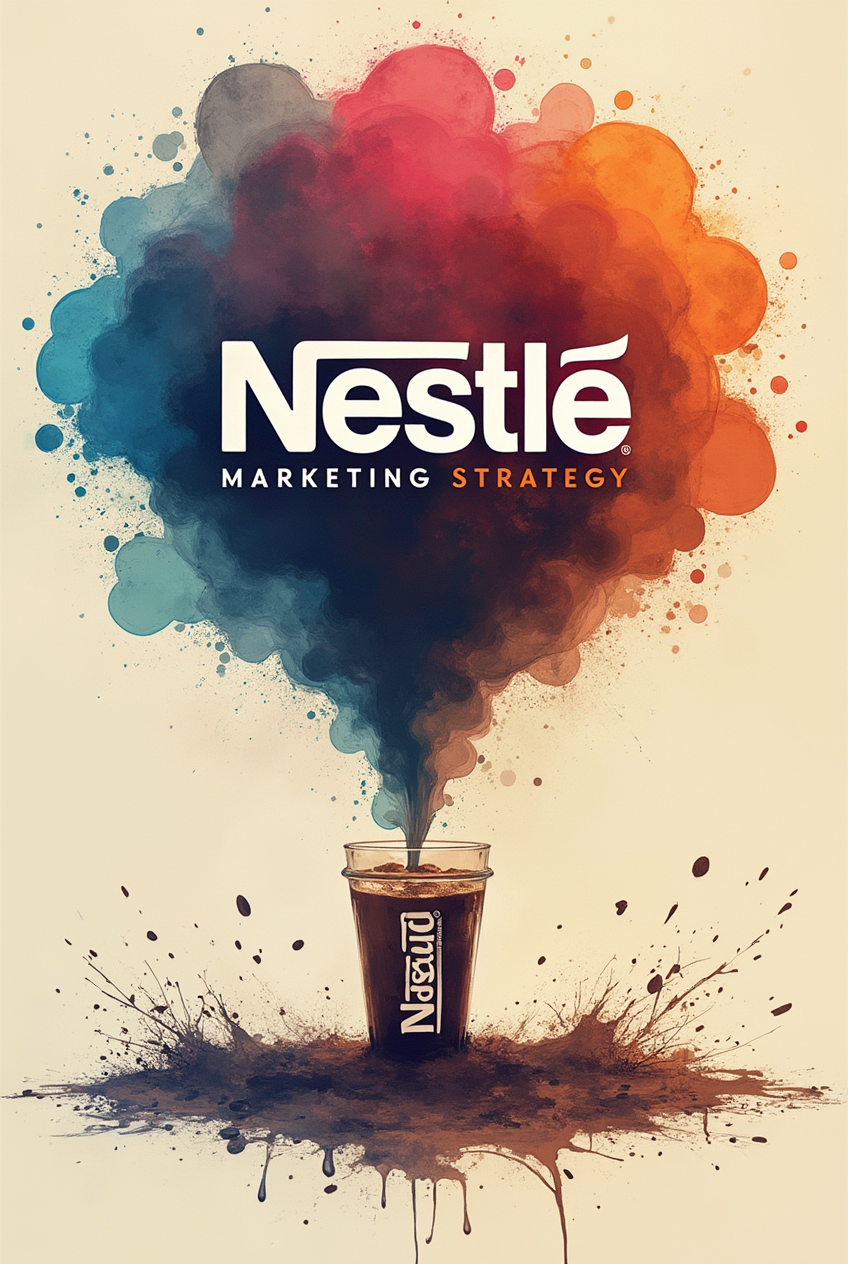In today’s competitive retail landscape, understanding shopper behavior is more crucial than ever. Shopper marketing, a strategic approach focusing on influencing consumer decisions at the point of sale, has become an essential tool for brands. This comprehensive guide will explore the core concepts of shopper marketing, the latest trends, and actionable strategies to help you craft effective campaigns that resonate with your target audience.
What is Shopper Marketing?
hopper marketing is the practice of influencing consumer purchasing decisions through targeted marketing efforts at the point of sale. Unlike traditional marketing, which focuses on building brand awareness and driving general consumer interest, shopper marketing zeroes in on the specific moment when a consumer is making a purchase decision. This can occur in physical stores, online, or across various touchpoints in a consumer’s shopping journey.
The Importance of Shopper Marketing in 2024:
As the retail landscape evolves, shopper marketing has become increasingly important. With the rise of e-commerce, omnichannel shopping, and personalized consumer experiences, brands must adapt their marketing strategies to stay relevant. Shopper marketing allows brands to:
- Increase Conversion Rates: By understanding and addressing the needs of shoppers at the point of purchase, brands can boost conversion rates and drive sales.
- Enhance Customer Loyalty: Effective shopper marketing strategies can create memorable shopping experiences that encourage repeat purchases and build brand loyalty.
- Optimize Marketing Spend: Focusing marketing efforts on the point of sale can lead to more efficient use of marketing budgets, as brands target consumers when they are most likely to make a purchase.
Key Elements of Shopper Marketing:
Shopper marketing encompasses a wide range of tactics and strategies, all designed to influence consumer behavior at the point of purchase. Some of the key elements include:
- Category Management: Organizing products in a way that makes it easy for shoppers to find what they need and encourages additional purchases. This can involve product placement, shelf organization, and cross-merchandising.
- In-Store Promotions: Offering discounts, samples, or special deals to incentivize shoppers to make a purchase. In-store promotions can be highly effective in driving impulse buys and increasing basket size.
- Packaging: Designing product packaging that stands out on the shelf and communicates key information to the shopper. Effective packaging can attract attention, convey brand values, and influence purchase decisions.
- Digital Integration: Incorporating digital elements into the in-store shopping experience, such as QR codes, mobile apps, or interactive displays. Digital integration can provide shoppers with additional information, personalized recommendations, or exclusive offers.
- Experiential Marketing: Creating immersive, interactive experiences that engage shoppers and encourage them to spend more time in-store. Experiential marketing can include pop-up shops, product demonstrations, or in-store events.
The Shopper’s Journey:
Understanding the shopper’s journey is crucial to developing effective shopper marketing strategies. The shopper’s journey typically involves the following stages:

- Awareness: The shopper becomes aware of a need or desire and begins to consider potential solutions. This stage often involves research, both online and offline.
- Consideration: The shopper evaluates different products or brands, comparing features, prices, and reviews. This stage is critical for brands to influence through targeted messaging and promotions.
- Purchase: The shopper makes a purchase decision, either in-store or online. This is the moment when shopper marketing efforts have the most direct impact.
- Post-Purchase: After the purchase, the shopper may share their experience with others, either positively or negatively. Brands can influence this stage through follow-up communications, loyalty programs, or customer support.
Shopper Marketing Trends to Watch in 2024:
As we move into 2024, several key trends are shaping the future of shopper marketing:
- Omnichannel Integration: Shoppers expect a seamless experience across all touchpoints, whether they are browsing online, visiting a physical store, or engaging with a brand on social media. Omnichannel strategies that integrate digital and physical shopping experiences will be crucial for success.
- Personalization: Shoppers are increasingly looking for personalized experiences that cater to their individual preferences and needs. Brands that leverage data to deliver tailored recommendations, offers, and content will have a competitive edge.
- Sustainability: As consumers become more environmentally conscious, brands must consider sustainability in their marketing strategies. This can include eco-friendly packaging, sustainable sourcing, and transparency about the environmental impact of products.
- Augmented Reality (AR): AR technology is revolutionizing the shopping experience by allowing shoppers to visualize products in their own space before making a purchase. Brands that incorporate AR into their shopper marketing efforts can enhance the decision-making process and reduce return rates.
- Data-Driven Insights: Data analytics is becoming increasingly important in shopper marketing. Brands that use data to understand shopper behavior, track campaign performance, and optimize strategies in real-time will be better positioned to drive results.
Building an Effective Shopper Marketing Strategy:
To build a successful shopper marketing strategy, brands should follow these key steps:
- Understand Your Audience: Conduct thorough research to understand the demographics, preferences, and shopping behaviors of your target audience. This information will inform all aspects of your marketing strategy.
- Set Clear Objectives: Define specific, measurable goals for your marketing efforts. These could include increasing conversion rates, boosting average order value, or driving traffic to specific stores.
- Develop a Multi-Channel Approach: Create a cohesive strategy that integrates both online and offline channels. Consider how digital elements can enhance the in-store experience, and vice versa.
- Leverage Data: Use data analytics to track shopper behavior, measure the effectiveness of your campaigns, and make data-driven decisions. Continuously optimize your strategy based on insights gained from data analysis.
- Test and Learn: Shopper marketing is an ongoing process of testing and learning. Experiment with different tactics, track the results, and adjust your strategy as needed to achieve your objectives.
Case Studies: Successful Shopper Marketing Campaigns
- Coca-Cola’s Personalized Bottles: Coca-Cola’s “Share a Coke” campaign, which featured personalized names on bottles, is a prime example of effective marketing. By creating a personal connection with shoppers, Coca-Cola was able to drive increased sales and brand loyalty.
- Target’s Cartwheel App: Target’s Cartwheel app is a successful example of digital integration in shopper marketing. The app offers personalized deals and promotions, allowing shoppers to save money while encouraging repeat visits to Target stores.
- IKEA’s AR App: IKEA’s AR app allows shoppers to visualize furniture in their own space before making a purchase. This innovative use of AR technology has helped IKEA enhance the shopping experience and reduce return rates.

Conclusion
Shopper marketing is a dynamic and evolving field that requires brands to stay ahead of the latest trends and technologies. By understanding the shopper’s journey, leveraging data-driven insights, and developing a multi-channel approach, brands can create effective shopper marketing strategies that drive sales, enhance customer loyalty, and optimize marketing spend. As we move into 2024, the brands that succeed will be those that embrace innovation, personalization, and sustainability in their shopper marketing efforts.










